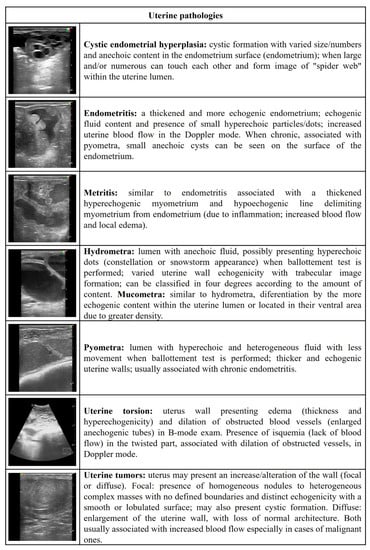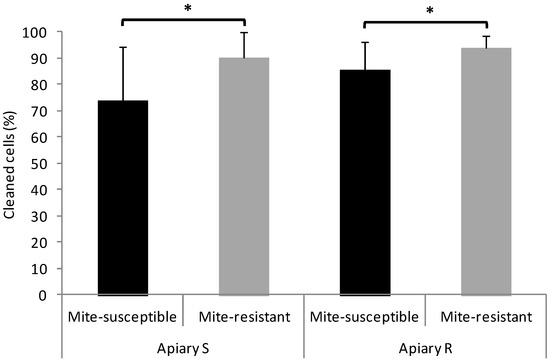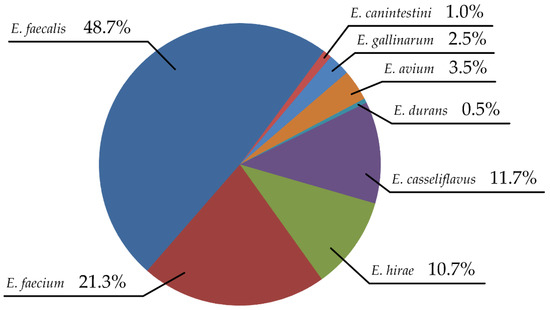Vet. Sci. 2022, 9(11), 605; https://doi.org/10.3390/vetsci9110605 - 31 Oct 2022
Cited by 4 | Viewed by 2286
Abstract
This article aims to present several interesting and less typical courses of Rhodococcus equi infections in foals, collected during the 2019–2021 foaling seasons in some Polish studs. The study was conducted by the Division of Veterinary Epidemiology and Economics, Warsaw University of Life
[...] Read more.
This article aims to present several interesting and less typical courses of Rhodococcus equi infections in foals, collected during the 2019–2021 foaling seasons in some Polish studs. The study was conducted by the Division of Veterinary Epidemiology and Economics, Warsaw University of Life Sciences—SGGW, and concentrated on ultrasonographic contribution to diagnostics and treatment of the disease. Among many standard cases of rhodococcal pneumonia, some rare ones occurred. The aforementioned issues include the potential contribution of rhodococcal infection to a grave outcome in a prematurely born filly, lost as a yearling, so-called “extrapulmonary disorders” (EPD), a hypothesis of inherited immunodeficiency with grave outcome in a breeding dam line from one stud, and macrolide-induced anhidrosis. The main benefit of this report would be to supplement the general picture of clinical rhodococcosis.
Full article
(This article belongs to the Section Veterinary Internal Medicine)
►
Show Figures



















